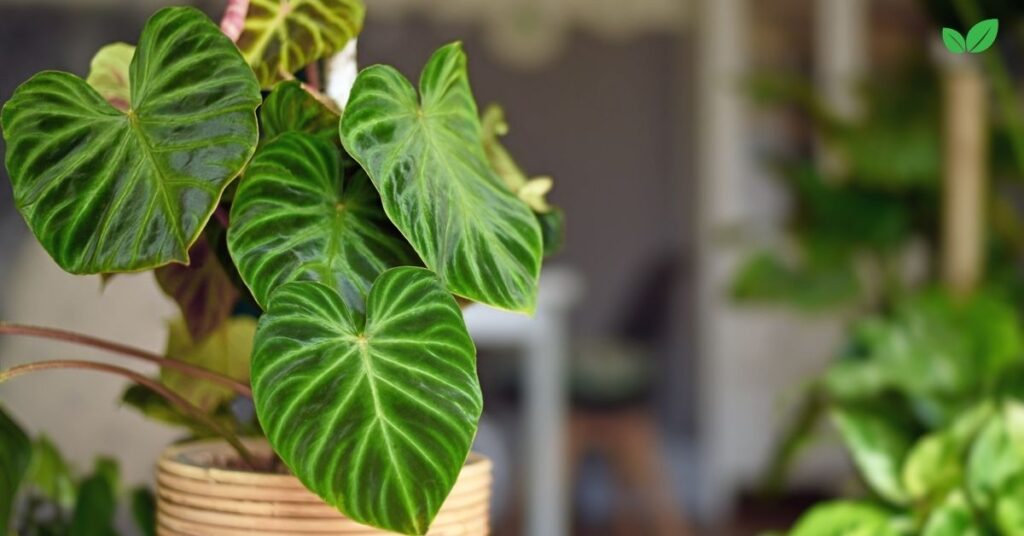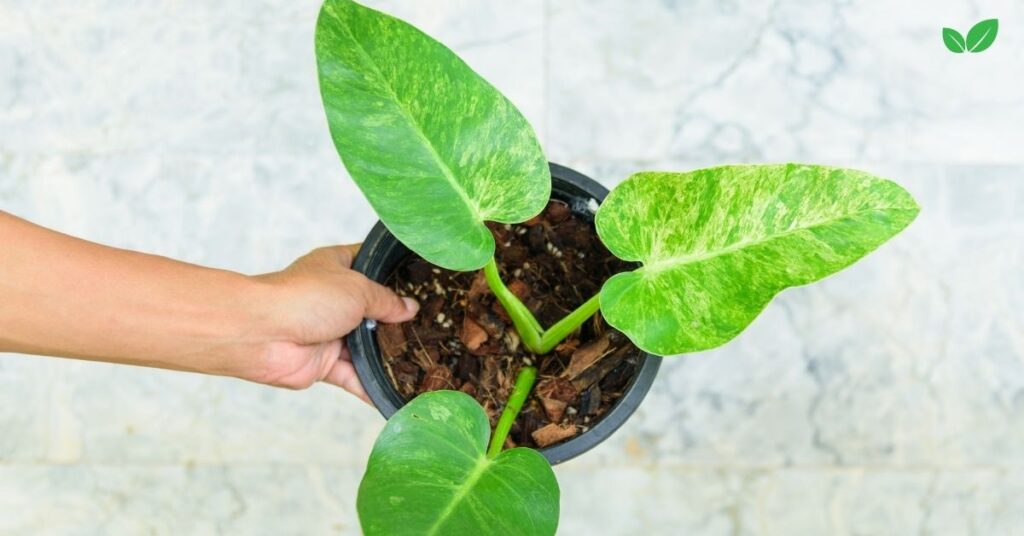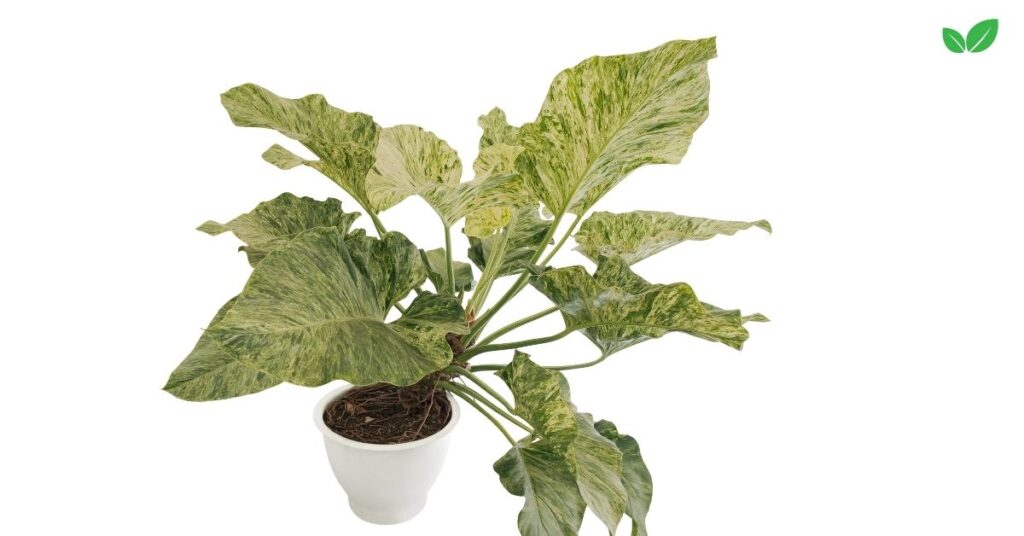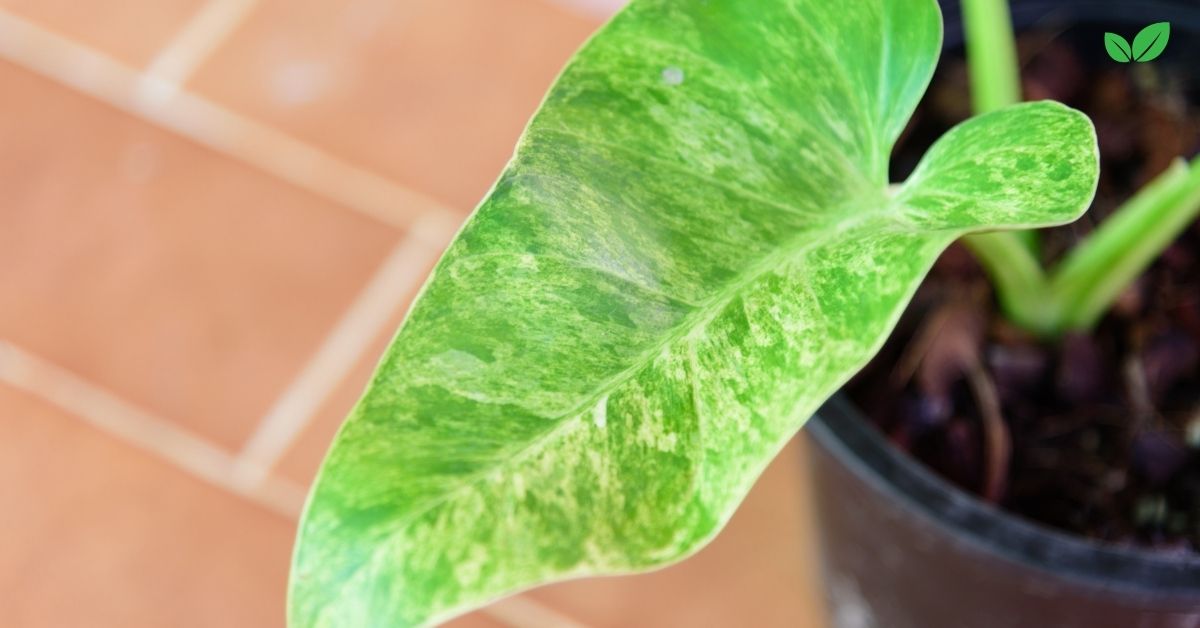Introduction
The world of plants is full of fascinating species, each playing a unique role in the ecosystems they inhabit. Among them, Philodendron giganteum, a striking member of the Araceae family, stands out due to its massive leaves and towering form. This plant, native to the rainforests of Central and South America, is not only an important part of the tropical ecosystems it inhabits but also a prime example of how plant species adapt to their environments.
Philodendron giganteum, with its unique characteristics, has adapted to thrive in the humid, shaded conditions of tropical rainforests. Its role within the food web, its growth patterns, and its interactions with other organisms highlight its importance in the natural world. This article delves into the environmental niche of Philodendron giganteum, examining its taxonomy, habitat preferences, ecological role, adaptations, and the challenges it faces in the face of habitat destruction and climate change.
1. Taxonomy and Morphological Features

Taxonomic Classification
Philodendron giganteum belongs to the family Araceae, which is renowned for its members’ impressive range of sizes and shapes, from small houseplants to towering climbers like P. giganteum. The genus Philodendron is among the largest in the Araceae family, with over 400 species. P. giganteum is one of the more well-known species due to its size and striking foliage.
- Kingdom: Plantae
- Phylum: Angiosperms
- Class: Monocots
- Order: Alismatales
- Family: Araceae
- Genus: Philodendron
- Species: Philodendron giganteum
Morphological Characteristics
Philodendron giganteum is an epiphytic, perennial plant that can grow to impressive sizes, with some specimens reaching over 20 feet in length. It is a climber by nature, using its aerial roots to anchor itself to trees and other structures as it ascends toward the canopy to access light.
- Leaves:
- The plant is known for its gigantic, glossy green leaves that can reach lengths of 3 to 6 feet or more. The leaves are deeply lobed and heart-shaped, with smooth edges and a vibrant green color. These leaves are highly efficient at capturing light in the dense undergrowth of the rainforest.
- Aerial Roots:
- As an epiphyte, P. giganteum uses aerial roots to cling to host trees or other structures. These roots are not only used for anchoring but also play a role in water absorption, a key feature for plants growing in humid environments.
- Growth Habit:
- Philodendron giganteum grows as a climber, meaning it starts its life on the forest floor but gradually climbs trees or other nearby plants to reach the canopy. Its size and climbing nature allow it to access greater light levels, which are crucial for its growth.
- Flowers:
- The flowers of Philodendron giganteum are typical of the Araceae family. The plant produces a spathe (a large bract) that surrounds a spadix (a spike) containing small, inconspicuous flowers. Although not as famous for its flowers as other plants, its reproductive structures are still an important part of its life cycle.
2. Habitat and Distribution

Preferred Habitat
Philodendron giganteum thrives in tropical rainforest ecosystems, where it is typically found growing in the understory and lower canopy. It is commonly found in regions with high humidity, stable temperatures, and consistent rainfall.
- Tropical Rainforests:
- The natural habitat of P. giganteum is the dense, humid rainforests of Central and South America, specifically in countries like Colombia, Brazil, and Venezuela. These rainforests provide the ideal conditions for its growth: ample moisture, high humidity, and the shade of taller trees.
- Epiphytic Nature:
- As an epiphyte, this species typically grows on the trunks and branches of larger trees. Epiphytes do not harm their host trees but rather benefit from them by gaining access to sunlight and moisture high above the forest floor. Philodendron giganteum’s aerial roots are essential for attaching itself to the host trees and absorbing water from the humid air.
- Temperature and Humidity:
- The plant thrives in consistently warm temperatures, usually between 70°F and 85°F (21°C to 29°C). High humidity levels, often above 80%, are also necessary for the plant to maintain its large leaves and rapid growth.
- Soil and Nutrients:
- While it does not rely heavily on soil for nourishment, Philodendron giganteum benefits from the rich organic matter found in the rainforest’s floor. Nutrients are also absorbed through rainwater and decaying plant material that collects around its aerial roots.
Geographic Range
The distribution of Philodendron giganteum is confined to the tropical regions of Central and South America, with a focus on areas of Colombia, Brazil, Venezuela, and parts of Peru. Its specific growing regions include lowland rainforests and tropical montane forests, though it is often found at altitudes of 1,000–2,500 meters (3,280–8,200 feet) in some areas.
3. Ecological Role
Philodendron giganteum plays a significant role in its ecosystem, not only as a plant species but as a contributor to biodiversity, nutrient cycling, and the overall structure of the tropical rainforest.

Role in the Rainforest Ecosystem
- Pollination:
- While Philodendron giganteum is not the most prominent plant in terms of pollination, its flowers are still important. The flowers of P. giganteum are pollinated by insects such as beetles, which are attracted to the plant’s spadix. The presence of these flowers supports various insect species, which in turn play a role in the food web.
- Contribution to Biodiversity:
- As a large epiphyte, P. giganteum provides habitat and food sources for a range of organisms. Smaller insects may feed on its leaves, while larger animals, including birds, can use its broad leaves for shelter.
- Water Cycle:
- Like other epiphytes, Philodendron giganteum helps contribute to the water cycle in tropical rainforests. Its leaves absorb moisture from the air, helping to stabilize the local humidity and promoting rainfall. Its aerial roots also catch rainwater, which is absorbed by the plant and filtered back into the ecosystem.
- Nutrient Cycling:
- As an epiphyte that lives high up in the trees, P. giganteum contributes to nutrient cycling by breaking down organic material that collects in its leaves and roots. This decomposed material is returned to the rainforest floor, where it becomes part of the nutrient cycle that supports the overall health of the forest ecosystem.
Food Web Dynamics
Philodendron giganteum is an integral part of the tropical food web. Its leaves, flowers, and fruits provide sustenance for various herbivores and invertebrates, which, in turn, serve as food for larger predators.
- Invertebrates such as caterpillars, ants, and beetles are attracted to the plant’s large leaves and flowers, feeding on the plant’s foliage and flowers.
- Vertebrates like small mammals and birds can rely on the plant for shelter and occasionally forage for food.
4. Adaptations for Survival
Philodendron giganteum has evolved several remarkable adaptations that enable it to thrive in the complex and competitive environment of the tropical rainforest.

Climbing Habit
One of the most notable survival strategies of this plant is its climbing habit. As an epiphyte, Philodendron giganteum begins its life on the forest floor but gradually climbs up the trunks and branches of larger trees. This allows the plant to reach the canopy where light levels are higher, which is crucial for photosynthesis and overall growth. The plant uses aerial roots to attach itself to tree trunks, absorb moisture from the air, and gather nutrients from decaying organic material.
Large Leaves for Maximizing Photosynthesis
Philodendron giganteum’s enormous leaves are a key adaptation to its environment. In the dense rainforest understory, light can be limited, so having large leaves helps maximize photosynthesis. These large leaves are broad and have a high surface area, allowing the plant to capture as much light as possible in low-light conditions.
Water Absorption through Aerial Roots
In the humid rainforest environment, water availability is not an issue. However, the ability to absorb water through aerial roots gives Philodendron giganteum an advantage. These roots help the plant collect rainwater and moisture from the surrounding air, ensuring it remains hydrated even in the high canopy.
Adaptation to High Humidity
Philodendron giganteum is adapted to high humidity, which is a defining characteristic of the tropical rainforest. The plant’s leaves are large and waxy, which helps to prevent water loss through evaporation. This adaptation is essential for survival in an environment where water is plentiful but must be conserved.
5. Threats to Philodendron Giganteum
Like many tropical plants, Philodendron giganteum faces a variety of threats, primarily stemming from human activities and climate change.

Deforestation and Habitat Destruction
The primary threat to Philodendron giganteum is the ongoing destruction of tropical rainforests, driven by logging, agricultural expansion, and urban development. As the forests are cleared for agriculture, the habitats of many epiphytic plants like Philodendron giganteum are lost. This makes it increasingly difficult for the plant to find suitable places to grow and thrive.
Climate Change
Changes in temperature, rainfall patterns, and humidity levels due to climate change can disrupt the delicate conditions that tropical plants like Philodendron giganteum rely on. Warmer temperatures could lead to reduced humidity, negatively impacting the plant’s ability to grow and reproduce.
Over-Collection
Philodendron giganteum is a popular ornamental plant due to its dramatic size and appearance. Over-collection of the plant from the wild for the horticultural trade threatens natural populations. When collected from the wild, these plants are often unable to survive in cultivation, and their removal can contribute to the degradation of local ecosystems.
6. Conservation of Philodendron Giganteum
Given the threats facing Philodendron giganteum, it is crucial to implement effective conservation strategies to protect this remarkable plant.

Habitat Protection and Restoration
Protecting the tropical rainforests where P. giganteum thrives is essential. Conservation efforts to preserve these habitats, such as establishing protected areas and reducing deforestation, are crucial for safeguarding the plant’s future.
Sustainable Collection Practices
Regulating the collection of Philodendron giganteum for the horticultural trade is important to prevent over-harvesting. Encouraging sustainable harvesting practices and the cultivation of plants in nurseries can reduce pressure on wild populations.
Public Awareness and Education
Raising awareness about the importance of Philodendron giganteum and its role in rainforest ecosystems can help garner support for its conservation. Educating local communities about the plant’s ecological benefits can also lead to better stewardship of natural habitats.
Conclusion
Philodendron giganteum is a true giant in tropical ecosystems, playing a crucial role in biodiversity, nutrient cycling, and water regulation. Its massive leaves, aerial roots, and climbing habit enable it to thrive in the challenging environment of the rainforest understory. However, this remarkable plant faces significant threats from habitat loss, climate change, and over-collection.
Protecting Philodendron giganteum requires a multifaceted approach, including habitat conservation, sustainable collection practices, and public education. By safeguarding this species, we are not only preserving a unique plant but also the vital functions it performs within its ecosystem. The survival of Philodendron giganteum is intricately tied to the health of tropical rainforests, and through concerted conservation efforts, we can ensure that this giant continues to thrive in the wild for generations to come.
Read More: Bluestem Grass: Exploring the Environmental Niche and Ecological Importance of a Keystone Prairie Plant

